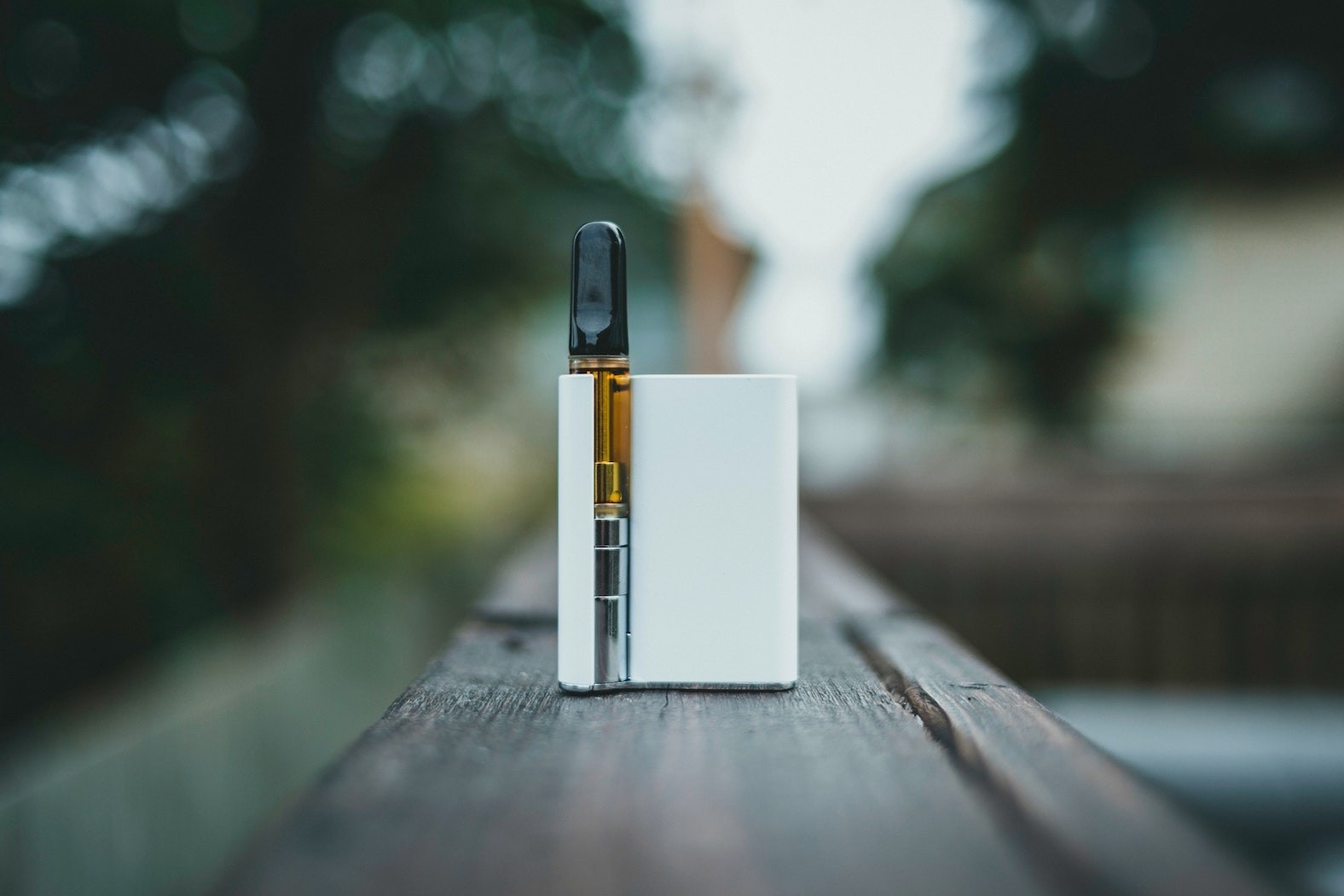article
What about vaping?
This article focuses on vaping nicotine and aerosolized tobacco products. Learn more about cannabis.
 Pexels, Jonathan Cooper
Pexels, Jonathan Cooper
E-cigarettes like JUULs are often marketed as a healthier alternative to smoking traditional cigarettes. To date, research suggests that completely replacing traditional cigarettes with vaping does reduce a smoker’s exposure to harmful chemicals and lowers their health risks associated with smoking.
However, while e-cigarettes can be a harm reduction tool for smokers who are not ready to become smoke-free, these products still pose risks.
Importantly, vaping devices have only been available in the United States since the mid-2000s, so there is not yet a body of research that analyzes the long-term effects.
Vaping has fewer and different chemicals than cigarettes, but many of these are harmful; for example:
- Nicotine is highly addictive. It can change the way a person’s brain grows and develops.
- Studies have found troubling links between vaping, nicotine, and worsening symptoms of depression and anxiety, and a higher chance of having a depression diagnosis.
- E-cigarettes contain oils, heavy metals, and other compounds: heating and inhaling these can harm your heart and lungs.
- Vaping products are reported to have poor quality-control: contaminants have been found in many vaping products.
E-cigarettes are a multi-billion dollar industry dominated by the tobacco industry. Big Tobacco has a long and documented history of targeting marginalized people, including people in low-income communities, racial and ethnic minorities, teens, LGBTQ individuals, and those with mental illness.
Quitting smoking
Some people switch to vaping products hoping it will help them quit smoking cigarettes. While e-cigarettes do reduce harm compared to smoking cigarettes, they are not a recognized smoking cessation tool. If you want to become smoke-free, use evidence-based treatments and approaches.